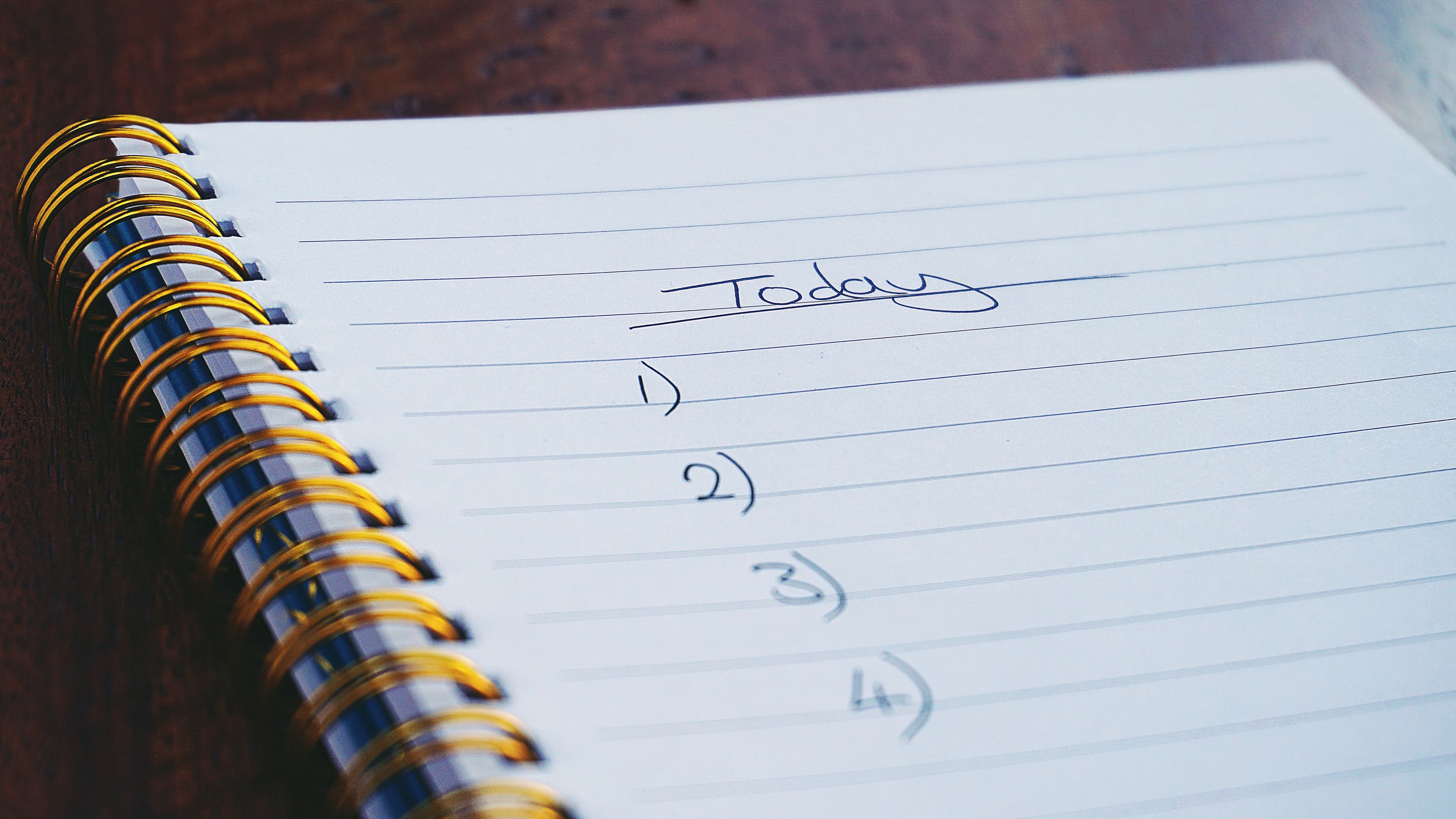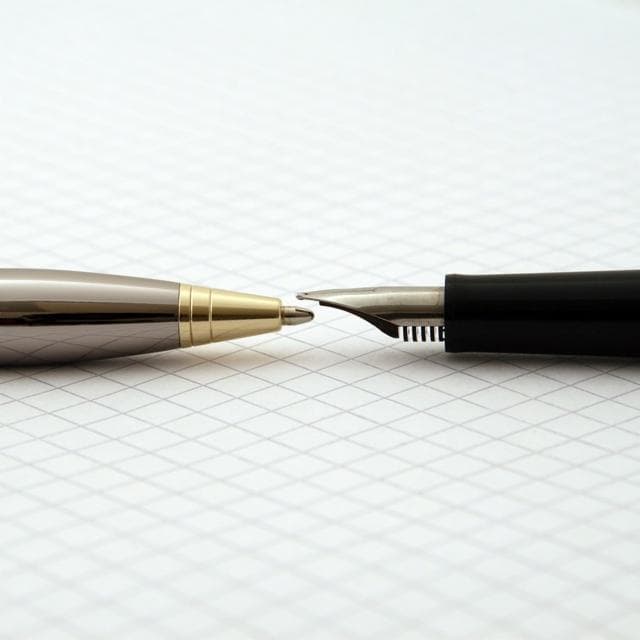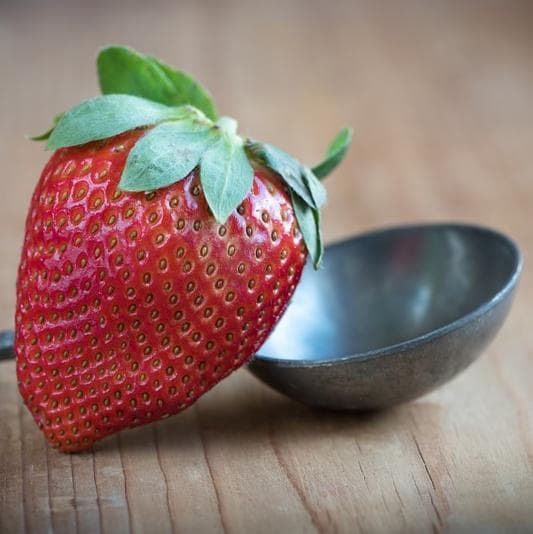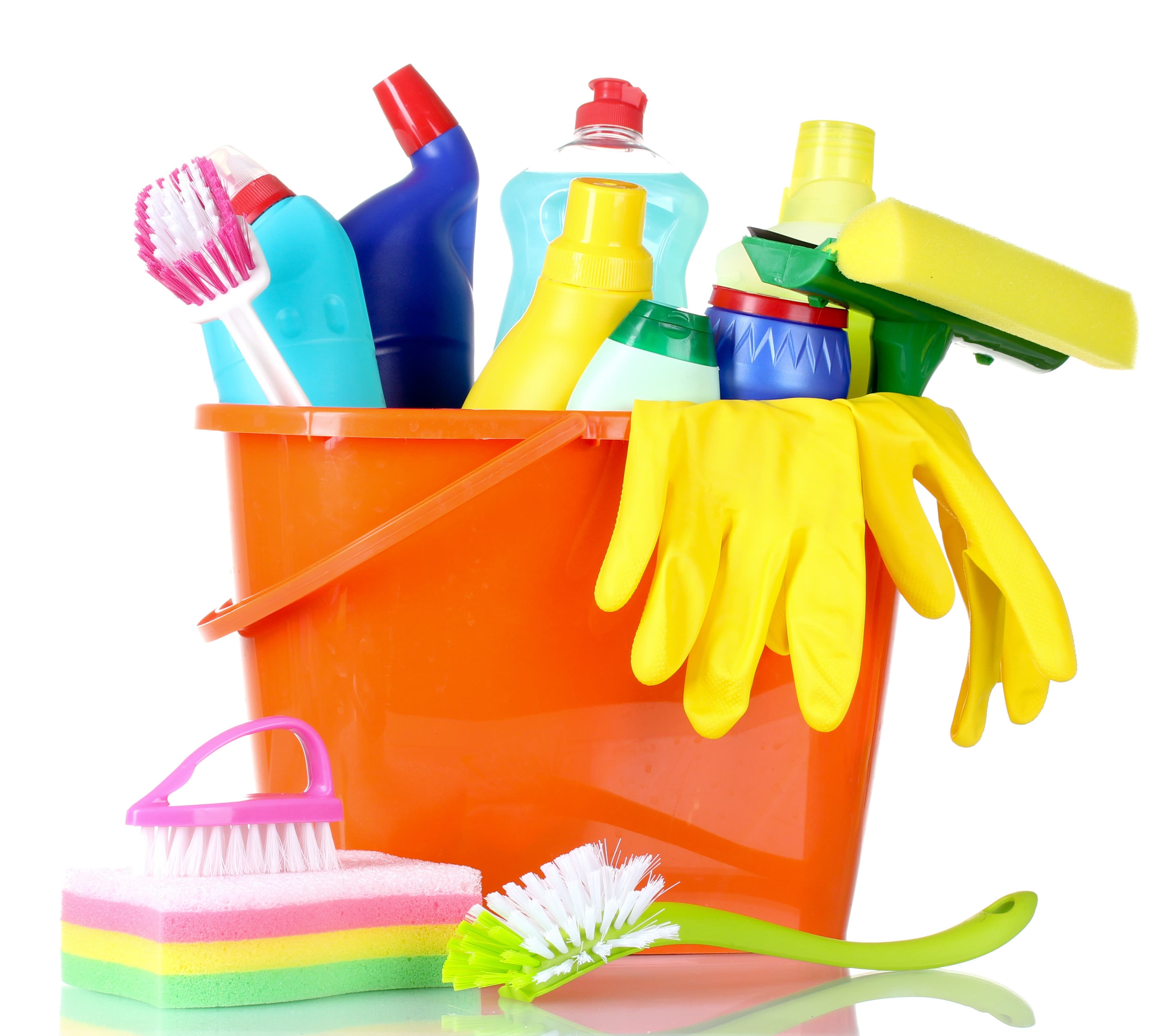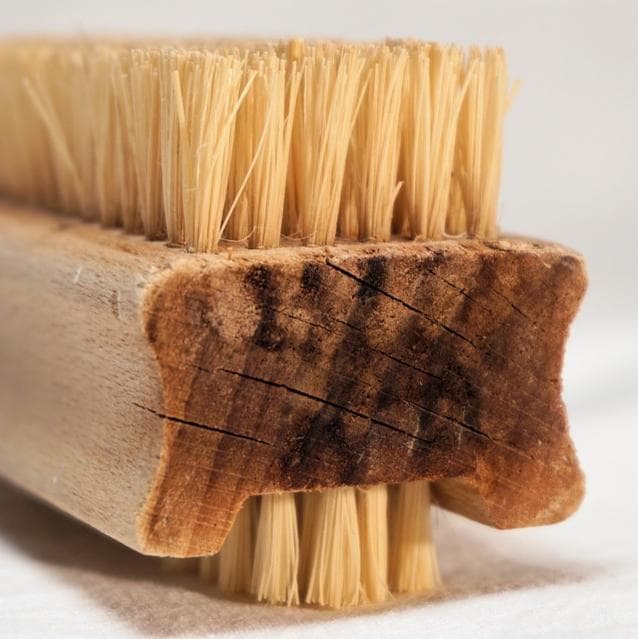Cleaning Checklist
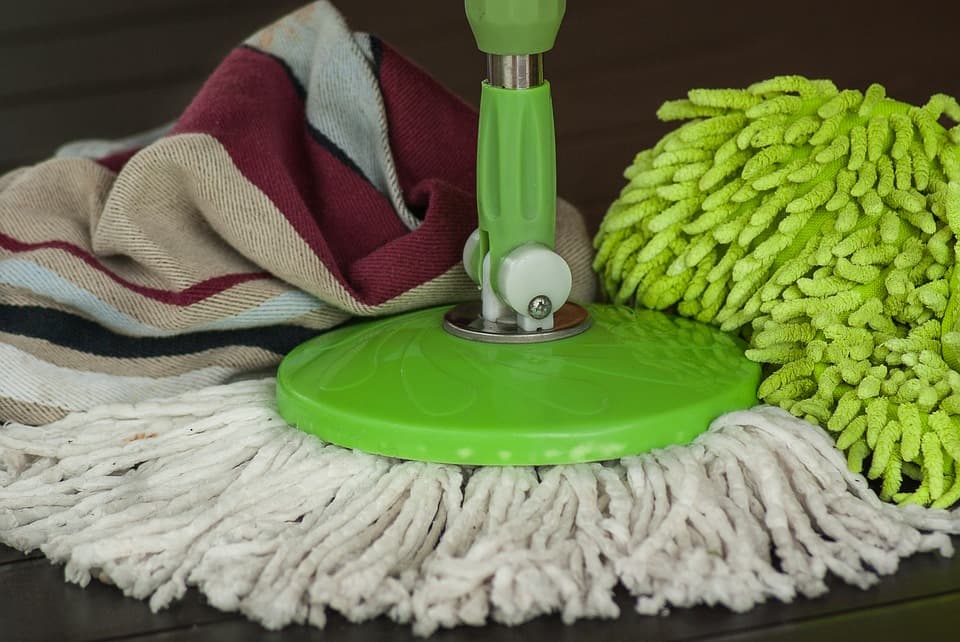
Introduction
- Rinsing dishes right after use makes it easy to remove food.
- Move appliances to remove dust or crumbs from behind them.
- Run garbage disposal to clean it out.
- Always wipe up spills as soon as they happen.
- This will reduce the need for a full mop job to once per week.
- Check your refrigerator daily and use up leftovers before they spoil.
- Take food out of the freezer that will need time to thaw.
- This will allow them to dry and keep them fresh longer.
- Rinse sink right away after brushing teeth.
- Hang an automatic shower sprayer or use a hand-held spray to keep soap scum from building up on shower walls.
- Avoid clutter on your counters. Put everything away after use.
- Replace empty rolls.
- Keep your bathroom waste basket lined with a small bag to make it convenient to empty.
- Pay attention to corners and edges.
- Vacuuming will be done once per week.
- A neat bed makes your entire room look better.
- Keep it near where you undress.
- A hook or hanger outside your closet will make it easy to assemble your outfit the night before.
- If you have finished a book, put it in a bag to return to library or place back on your bookshelf.
- Have baskets or boxes to store small items.
- Throw out junk, file or pay bills, and put magazines in rack.
- Wash out their bowls when they finish eating.
- This should be done twice per day if you have multiple cats.
- Removing loose hair will keep it off your furniture and carpets.
- Check with a finger to determine if plants need water.
- Checking laundry each day will keep you from being overwhelmed with a mountain of laundry on the weekend.
- Check backpacks of school-age children; take care of any paperwork that must return to school.
- Rotating through your rooms will keep dust from building up.
- Anything that will take less than 10 seconds to complete should be done right away.
- It will immediately make your living room look neater.
- When bringing home groceries or other merchandise, put everything away, then dispose of bags, or use to line trash containers.
Details
Few people look forward to housework, but a clean, tidy home makes life much more pleasant. But you don’t have to work hours at a time to keep your house in order. Spending just 45 minutes a day to complete this entire list adds up to a big difference by the end of the week. Establish a daily routine of basic cleaning, make it a habit, and you will be amazed at how much easier it is to keep your house looking good.
Tips
- Larger jobs, such as thorough bathroom cleaning, vacuuming and mopping, should be performed weekly.
- Get your family involved. All adults and children should have daily assigned tasks.
- Work your way through the daily cleaning checklist in the same order and at the same time each day. This will help make it a habit, and get it done more quickly.
- Focus each day on clutter hot spots to prevent them from becoming overwhelming.
- Keep a mat on the outside and inside of entries to your home. This will greatly reduce the dust and debris tracked inside.
- Don't allow clutter to build up in your home, or maintain extensive collections of items that will require dusting.
Suggest Improvements
Cleaning Checklist Frequently Asked Questions
What are the 7 basic cleaning?
The 7 basic cleaning tasks serve as a foundation for maintaining a clean and organized space. They include:
- Dusting - Removing dust from surfaces, including furniture and fixtures.
- Sweeping - Clearing floors of dirt and debris using a broom.
- Mopping - Cleaning hard floors with a damp mop to remove stains and grime.
- Vacuuming - Using a vacuum cleaner to eliminate dust and dirt from carpets and upholstery.
- Wiping Surfaces - Using disinfectant wipes or cloths to clean countertops and tables.
- Sanitizing - Applying sanitizers to high-touch areas like doorknobs, light switches, and remote controls.
- Organizing - Tidying up items in their designated places to maintain order.
By consistently performing these tasks, you can ensure a clean and healthy living environment.
What are the five 5 golden rules of cleaning?
The five golden rules of cleaning help streamline the process and enhance efficiency:
- Start Top to Bottom - Always clean from the highest point in the room downwards to avoid re-cleaning lower surfaces.
- Clean One Room at a Time - Focus on one area before moving to the next to maintain organization and effectiveness.
- Declutter First - Remove items that don’t belong in each area before starting the actual cleaning process.
- Use the Right Tools - Equip yourself with appropriate cleaning supplies for each task, ensuring maximum effectiveness.
- Follow a Routine - Establish a consistent cleaning schedule to keep your space tidy over time.
Following these rules will make your cleaning more systematic and less overwhelming.
What is the 80 20 rule house cleaning?
The 80/20 rule, also known as the Pareto Principle, applies to house cleaning by suggesting that 80% of your results come from just 20% of your efforts. In practical terms for house cleaning:
- Identify the high-impact areas that contribute most to cleanliness, such as kitchens and bathrooms.
- Focus your energy on these key areas, as they often require more frequent attention due to higher usage.
- Regularly tackle tasks like vacuuming high-traffic areas or wiping down surfaces that accumulate dust quickly.
By concentrating on these vital tasks, you can achieve a cleaner home with less effort, maximizing your time and resources effectively.
What is the correct order for cleaning?
Cleaning in a specific order can enhance efficiency and effectiveness. Here’s a recommended sequence:
- Declutter First - Remove unnecessary items from all surfaces.
- Dust High Surfaces - Start with ceiling fans, shelves, and light fixtures.
- Clean Windows and Mirrors - Use glass cleaner for streak-free shine.
- Wipe Down Surfaces - Clean countertops, tables, and other flat surfaces using appropriate cleaners.
- Vacuum or Sweep Floors - Clear floors of dirt before mopping if applicable.
- Mop Hard Floors - Use a suitable floor cleaner for mopping hardwood or tile floors.
- Final Touches - Empty trash bins and replace liners last for a polished look.
Following this order helps prevent re-cleaning areas you've already worked on.
What are the 5 standards in cleaning?
The five standards in cleaning are essential guidelines to ensure thoroughness and consistency:
- Safety - Always prioritize safety by using appropriate personal protective equipment (PPE) and adhering to safety protocols.
- Quality Control - Regularly check for cleanliness standards to ensure every area meets expectations.
- Efficiency - Streamline processes by using effective tools and techniques that save time while achieving good results.
- Consistency - Maintain uniformity in cleaning practices across different spaces or facilities for reliable outcomes.
- Sustainability - Implement eco-friendly products and practices whenever possible to minimize environmental impact.
By adhering to these standards, you can achieve optimal cleaning results while maintaining safety and sustainability.
What are the 7S of cleaning?
The 7S of cleaning is a systematic approach aimed at enhancing cleanliness and organization in any environment:
- Sort (Seiri) - Separate necessary items from unnecessary ones; discard what isn’t needed.
- Set in Order (Seiton) - Organize items so they are easy to find; label storage spaces if necessary.
- Shine (Seiso) - Clean all areas thoroughly; this includes deep-cleaning tasks regularly.
- Standardize (Seiketsu) - Create standards for cleanliness procedures to ensure consistency across spaces.
- Sustain (Shitsuke) - Develop habits that support ongoing cleanliness; make it part of daily routines.
- Safety (Anzen) - Ensure that all cleaning practices prioritize safety for both staff and residents.
- Satisfaction (Manzoku) - Aim for satisfaction among users by maintaining high cleanliness standards throughout facilities.
Implementing the 7S methodology can lead to improved efficiency and satisfaction.
What are the 3s cleaning checklist?
The 3S cleaning checklist focuses on three key principles crucial for maintaining cleanliness:
-
Sort (Seiri)
- Identify necessary vs unnecessary items in each area of your space.
- Dispose of or donate items that no longer serve a purpose.
-
Set in Order (Seiton)
- Organize remaining items systematically for easy access; use storage solutions as needed.
- Label boxes or shelves for clarity on where everything belongs.
-
Shine (Seiso)
- Clean all surfaces thoroughly, including hidden spots like behind appliances or under furniture.
- Establish a routine for regular deep-cleaning tasks to maintain overall hygiene.
Utilizing this checklist helps create an organized and clean environment efficiently.
What is a good housekeeping rule?
A good housekeeping rule is essential for maintaining an organized and safe environment within your home or workplace. One fundamental rule is:
- Clean as You Go: This means tidying up messes immediately after they occur instead of letting them accumulate over time.
This rule promotes efficiency by reducing clutter, making it easier to maintain cleanliness without overwhelming yourself later on. Additional housekeeping tips include:
- Always put items back in their designated places after use.
- Regularly declutter spaces to prevent buildup of unnecessary items.
- Schedule routine cleanings based on usage patterns of different areas in your home or workplace.
By following good housekeeping rules, you foster an inviting atmosphere while minimizing stress associated with clutter.
